Lithium motorcycle batteries are becoming increasingly popular for their lightweight design, high energy density, and longer lifespan compared to traditional lead-acid batteries. These batteries provide a reliable power source essential for starting your motorcycle and powering its electrical components. However, to maximize the lifespan and performance of your lithium battery, regular maintenance and care are crucial. This guide will cover essential tips for maintaining your lithium motorcycle battery, ensuring its longevity and reliability throughout your riding adventures.
Understanding Lithium Motorcycle Batteries
Advantages of Lithium Batteries
Lithium motorcycle batteries come with numerous advantages. They are significantly lighter than lead-acid batteries, which can improve your motorcycle’s overall performance. The reduced weight allows for better handling and efficiency. Moreover, lithium batteries have a higher energy density, meaning they can store more power for their size.
Another advantage lies in their longer lifespan. A quality lithium battery can last several years, sometimes exceeding five years with proper care. This durability makes them a favored choice among motorcycle enthusiasts who value reliability.
Choosing the Right Lithium Battery
When selecting a lithium motorcycle battery, consider several factors. First, verify the compatibility with your motorcycle’s make and model. Each motorcycle requires a specific battery size and configuration. Choosing a battery that fits correctly is essential for optimal performance.
Look for reputable brands that offer warranties and a track record of quality. Researching user reviews can also provide valuable insights into the performance and durability of a particular battery type. Investing in a quality lithium battery can pay off with enhanced reliability and performance on the road.
Installation Considerations
Proper installation is vital for the longevity of a lithium motorcycle battery. Ensure that all connections are clean and secure during installation. Use appropriate tools and avoid overtightening connections, which can lead to damage. Refer to the battery’s installation guide for detailed instructions, and don’t hesitate to ask for professional help if you’re uncertain about the installation process.
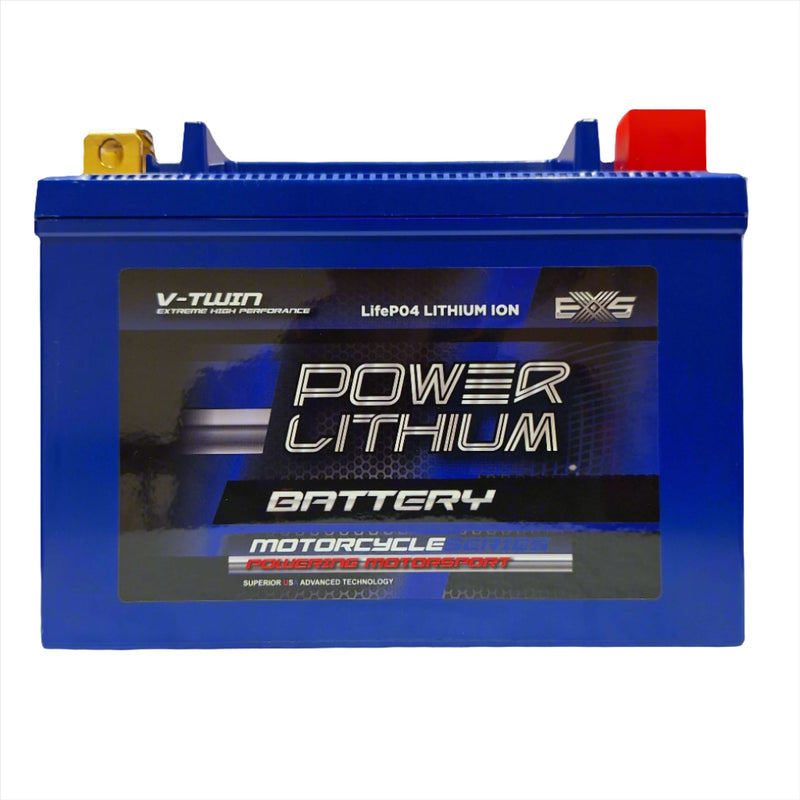
Regular Inspection and Cleaning
Visual Inspections
Regular visual inspections can help identify potential issues before they escalate. Inspect the battery for any signs of swelling, leakage, or corrosion. Pay close attention to terminals and connectors, as corrosion can hinder performance. Conduct these inspections every few months, especially before and after riding seasons.
Terminal Cleaning
Corroded terminals can lead to poor electrical connections and reduced battery performance. To clean battery terminals, disconnect the battery first. Use a mixture of baking soda and water to scrub the terminals gently. Rinse off any residue with clean water and dry the terminals thoroughly before reconnecting. Maintaining clean terminals ensures efficient power transfer and prevents unexpected failures.
Overall Battery Condition
Keep an eye on the overall condition of your lithium battery. If the battery is consistently underperforming or if you experience starting issues, it may indicate that the battery is reaching the end of its life. In such cases, consider consulting a professional for further evaluation. Being proactive can save you from being stranded during crucial rides.
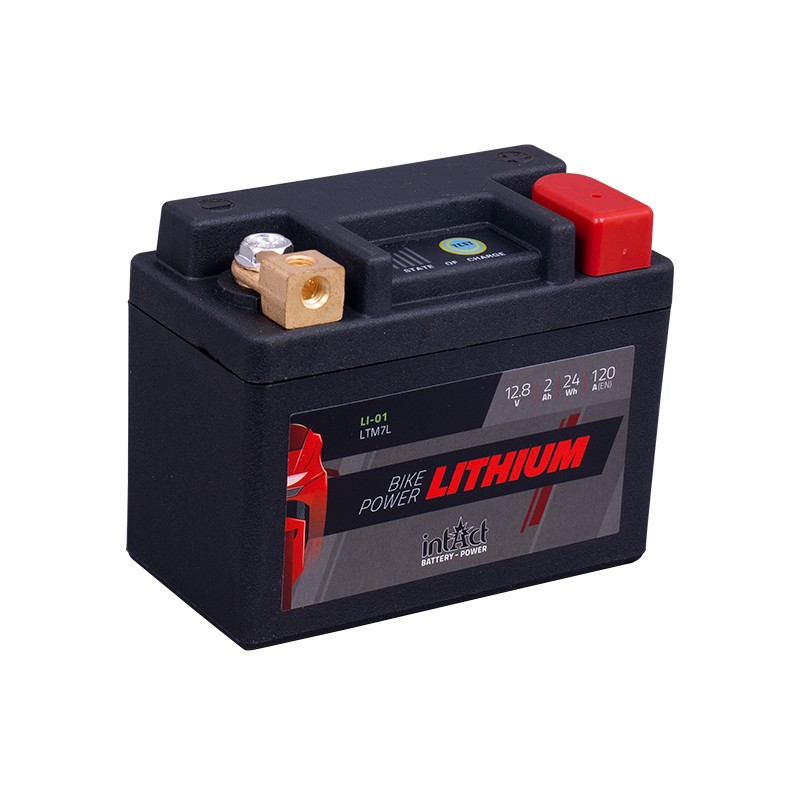
Charging Practices
Proper Charging Techniques
Charging your lithium motorcycle battery correctly is crucial to maintaining its health. Use a charger specifically designed for lithium batteries. These chargers often include features like temperature compensation and cell-balancing, ensuring optimal charging conditions.
Avoid Overcharging
Overcharging can damage lithium batteries and significantly reduce their lifespan. Many modern lithium chargers come equipped with automatic shut-off features, but always monitor the charging process. Disconnect the charger once the battery reaches full capacity to prevent any thermal issues that can arise from prolonged charging.
Charge Cycles
Lithium batteries do not require a complete discharge before recharging, unlike traditional lead-acid batteries. In fact, lithium batteries benefit from partial charges. Regularly charging your battery after short rides helps maintain its performance and health. Aim for a cycle depth of around 20 to 80 percent for optimal use.
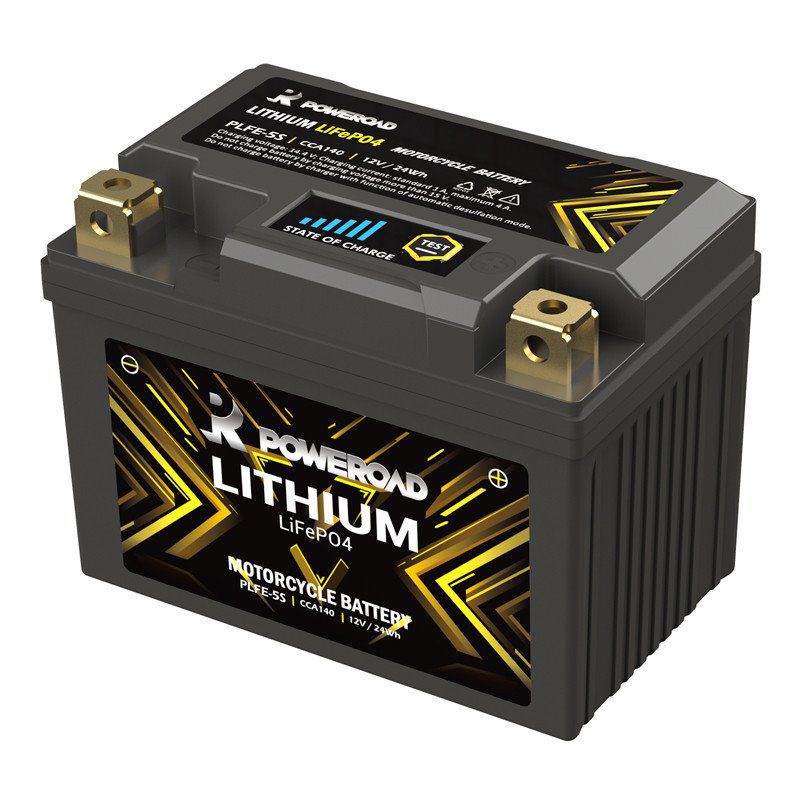
Temperature Management
Optimal Operating Temperature
Lithium motorcycle batteries operate best within a specific temperature range. The ideal temperature for performance is generally between 32°F and 77°F (0°C to 25°C). At extreme temperatures, performance can suffer, leading to noticeable drops in power and efficiency.
Storage Considerations
If you plan to store your motorcycle for an extended period, temperature management becomes even more critical. When storing your bike, keep the battery in a cool and dry environment. An overly hot or cold environment can lead to decreased battery capacity and lifespan. Consider removing the battery if you are storing the bike for more than a month.
Avoiding Extreme Conditions
During riding seasons, avoid exposing the motorcycle to extreme weather conditions. Long exposure to high heat, humidity, or freezing temperatures can cause irreversible damage. If you ride in particularly extreme weather, ensure adequate protection for the battery during these times.
Protective Measures and Handling
Using a Battery Management System
A Battery Management System (BMS) can help maintain your lithium battery’s health. The BMS monitors the health and performance of the battery while providing essential functions such as cell balancing, temperature control, and overcharge protection. Investing in a quality BMS can greatly enhance the longevity of your battery.
Secure Mounting
Ensure your lithium battery is securely mounted within your motorcycle’s frame. A loose battery can lead to vibrations and movement, which can damage internal components. Make sure all mounting brackets and straps are secure to provide stability while riding.
Handling Precautions
Lithium batteries require careful handling. Avoid dropping or subjecting the battery to excessive shock, as this can cause internal damage. Always use proper safety equipment, such as gloves and eye protection, when handling the battery. If you notice any signs of physical damage or swelling, consult a professional immediately.
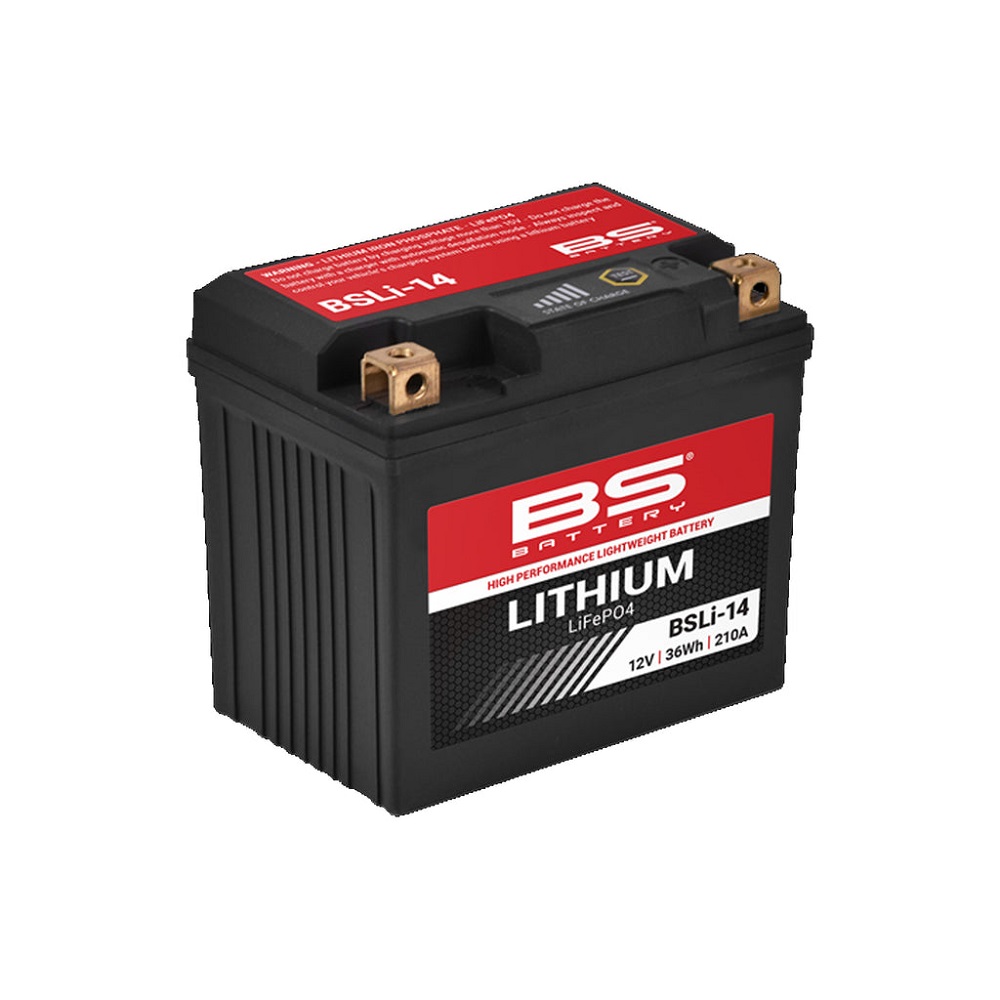
Enhancing Longevity
Regular Usage
Regular usage contributes to the longevity of your lithium motorcycle battery. Inactive batteries tend to degrade faster than those regularly cycled through charging and discharging. Make it a habit to ride your motorcycle often or perform maintenance charging to keep the battery healthy.
Cycling the Battery
If your motorcycle is not used for extended periods, conducting maintenance cycles can help. Use a smart charger that allows for maintenance charging. This process keeps the battery healthy and can prevent voltage drops that may lead to sulfation.
Keeping Records
Keeping records of your battery management, such as charge cycles and maintenance actions, can be valuable. Tracking these details helps identify patterns that may point to deterioration or performance issues over time. Having a journal of your battery’s performance can also come in handy when discussing warranty claims or needing professional assessment.
Recognizing Signs of Degradation
Performance Drops
Be vigilant for performance drops, such as decreased starting power or slower cranking speeds. Lithium batteries should provide consistent performance throughout their life cycle. If you notice any changes, it might be time to assess the battery for potential issues.
Visual Indicators
Pay attention to any physical changes in the battery, such as swelling or cracking. These signs indicate that the battery has sustained damage and may need replacement. Avoid using a battery exhibiting these issues, as it can pose safety hazards.
Age Considerations
Even with proper maintenance, lithium batteries have a limited lifespan. Many batteries can last between three to five years, depending on usage and maintenance practices. Regularly evaluate the battery’s condition, especially as it approaches its age limit. If in doubt, consult with a professional regarding replacement options.
Environmental Considerations
Recycling Old Batteries
If you find that your lithium motorcycle battery needs replacement, consider recycling the old battery. Many manufacturers and retailers have recycling programs in place that allow for safe disposal. Recycling helps minimize environmental impact and ensures that hazardous materials are disposed of properly.
Choosing Environmentally Friendly Options
When purchasing a new lithium battery, consider environmentally friendly options. Some manufacturers focus on sustainable production methods and long-lasting designs. Supporting brands committed to sustainability can contribute to a healthier planet while ensuring you get a quality product.
Reducing Overall Impact
Additionally, adopting eco-friendly riding and maintenance practices can further reduce your environmental footprint. Regular maintenance not only extends the life of your battery but also contributes to fuel efficiency and lower emissions from your motorcycle.
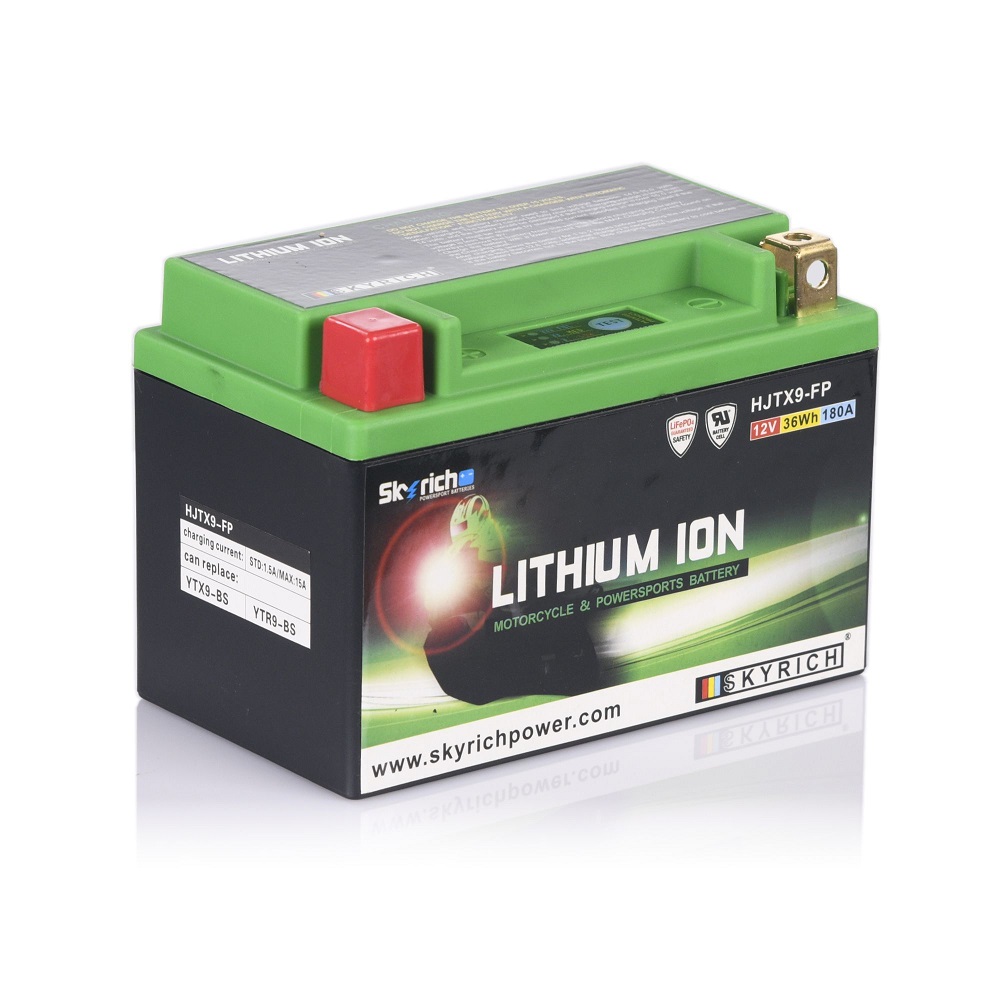
Professional Assistance
When to Seek Help
If you encounter persistent issues with your lithium motorcycle battery, do not hesitate to seek professional assistance. Trained mechanics can perform diagnostics to uncover underlying problems. They can also advise on repairs or replacements as needed.
Finding a Reputable Service Provider
Researching local motorcycle service providers can help you find a reputable professional. Look for reviews or ask fellow riders for recommendations. A knowledgeable technician can provide valuable insights and ensure your motorcycle remains in optimal condition.
Warranty Considerations
Keep all warranty documentation for your lithium battery. If issues arise, a well-documented history may be beneficial for any potential warranty claims. Ensure you understand the terms and conditions of the warranty provided by the manufacturer, as this can guide your maintenance practices.
FAQ:
1. What are the advantages of using a lithium motorcycle battery?
Answer: Lithium motorcycle batteries offer several advantages over traditional lead-acid batteries, including:
- Lightweight: Lithium batteries are significantly lighter, which can enhance the overall performance of the motorcycle.
- Longer Lifespan: They typically have a longer lifespan, often lasting up to 5-10 years with proper maintenance.
- Faster Charging: Lithium batteries can charge more quickly than lead-acid batteries, reducing wait times between rides.
- Higher Power Output: They provide higher cranking power, leading to quicker starts and improved performance, especially in cold weather.
- Low Self-Discharge Rate: Lithium batteries hold their charge longer when not in use, making them more reliable for intermittent riders.
2. How should I properly maintain a lithium motorcycle battery?
Answer: Proper maintenance of a lithium motorcycle battery includes:
- Regular Charging: Keep the battery charged, ideally between 20-80%, to maintain health. Avoid deep discharges as they can harm the battery.
- Use a Compatible Charger: Always use a charger designed for lithium batteries to prevent overcharging or damage.
- Monitor Temperature: Store and operate the battery within the recommended temperature range (usually between 32°F to 140°F or 0°C to 60°C).
- Inspect for Corrosion: Regularly check terminal connections for corrosion and clean them with a contact cleaner if needed.
- Avoid Excessive Vibration: Secure the battery properly to minimize movement and potential damage from vibrations while riding.
3. What are common myths about lithium motorcycle batteries?
Answer: Common myths about lithium motorcycle batteries include:
- Myth 1: Lithium batteries are too expensive and not worth the investment. Reality: While initially pricier, their longer lifespan and performance often result in cost savings over time.
- Myth 2: Lithium batteries are unsafe and prone to catching fire. Reality: When used correctly and with quality products, lithium batteries are safe; issues usually arise from poor manufacturing or improper use.
- Myth 3: They don’t work well in cold weather. Reality: Lithium batteries can perform better than lead-acid in cold conditions, though they may need a warmer environment for optimal starting power.
- Myth 4: You can just use any charger. Reality: Always use a charger specifically designed for lithium batteries to ensure safe charging and longevity.
4. How do I store a lithium motorcycle battery when not in use?
Answer: To store a lithium motorcycle battery properly:
- Charge to 50-70%: Before storage, ensure the battery is charged to around 50-70% capacity to prolong its life.
- Cool, Dry Place: Store the battery in a cool, dry environment, away from direct sunlight or heat sources.
- Periodic Checks: Check the battery every few months and recharge as necessary to prevent it from going into a deep discharge state.
- Avoid Extreme Temperatures: Do not expose the battery to extreme cold or heat, which could damage it.
5. When should I replace my lithium motorcycle battery?
Answer: Signs that it may be time to replace your lithium motorcycle battery include:
- Decreased Performance: If you notice that the battery cannot hold a charge or cranks the engine slowly, it may be time for a replacement.
- Visible Damage: Look for physical signs of damage, swelling, or leakage from the battery casing.
- Age: Generally, if the battery is over 5-10 years old, it may be nearing the end of its lifespan, even if it appears to be functioning well.
- Inconsistent Starts: If your motorcycle experiences frequent starting issues despite a proper charge, this can indicate battery failure.
Final Thoughts
Maintaining a lithium motorcycle battery is crucial for ensuring its longevity and optimal performance. By understanding how to care for your battery, you can significantly enhance its lifespan and reliability. From regular inspections and proper charging practices to temperature management and secure handling, each aspect contributes to keeping your battery in excellent condition.
Embrace these maintenance tips, and your lithium motorcycle battery will serve you well for years to come. Start by exploring the best lithium motorcycle batteries for 2025 to ensure optimal performance and reliability. A well-maintained battery not only guarantees that your motorcycle starts smoothly but also powers your adventures on the road with confidence. By dedicating time and effort to proper care, you minimize the risk of unexpected failures and maximize the joy of focusing on your rides, discovering new destinations, and exploring new horizons.
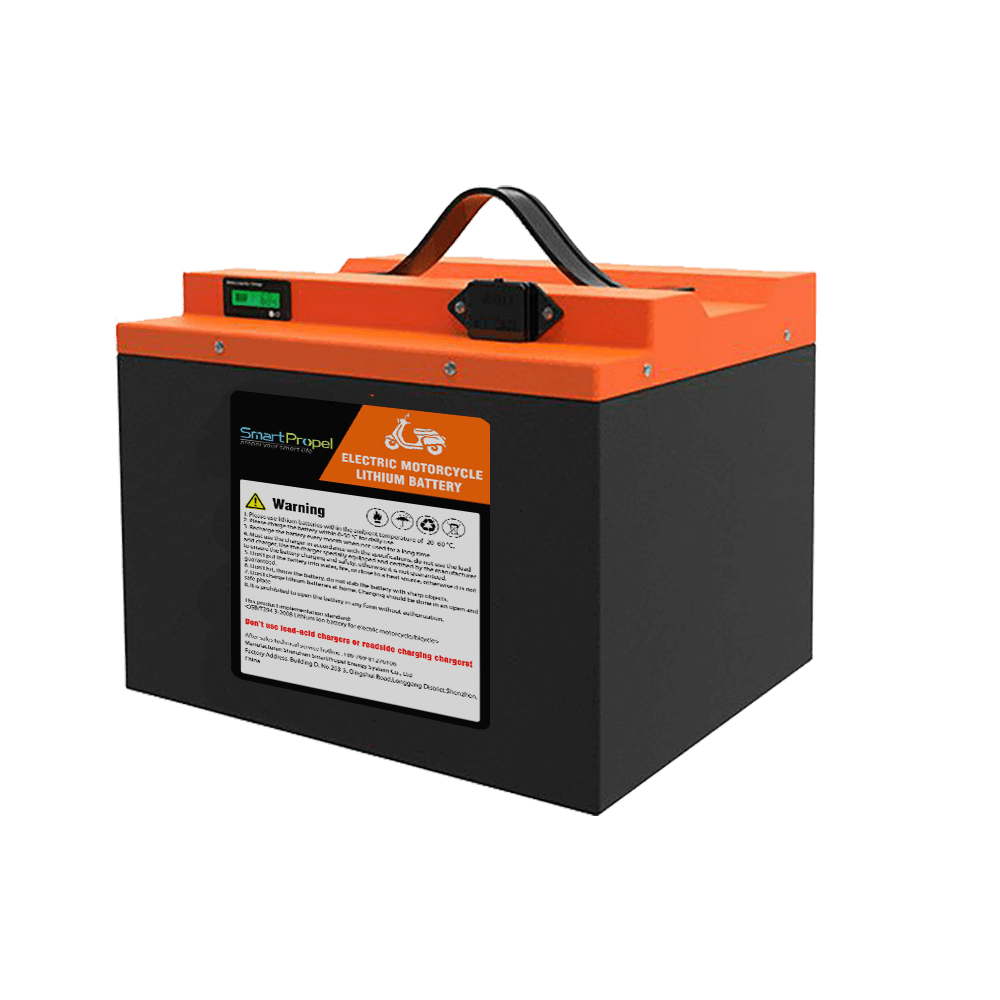
Leave a Reply